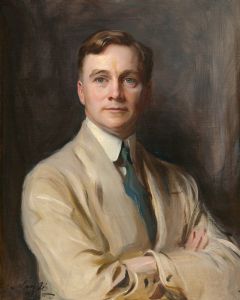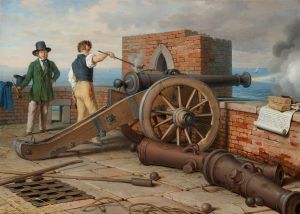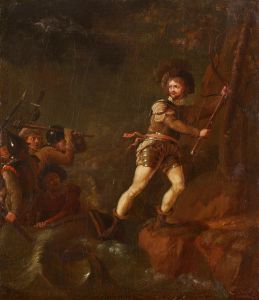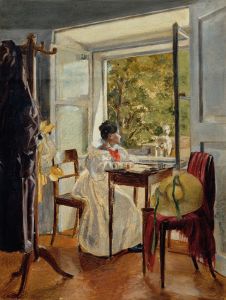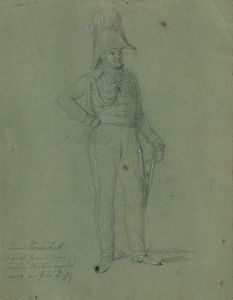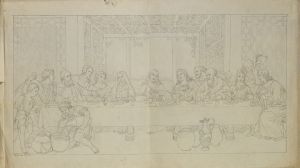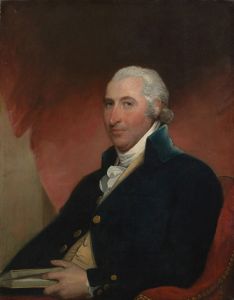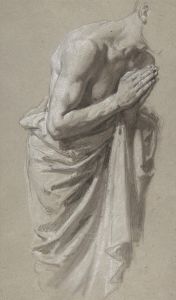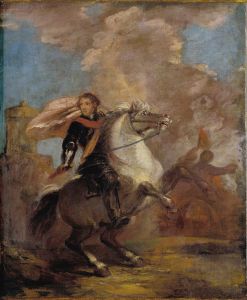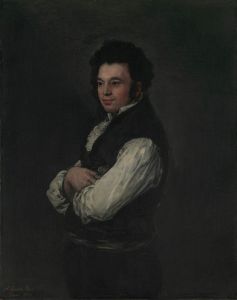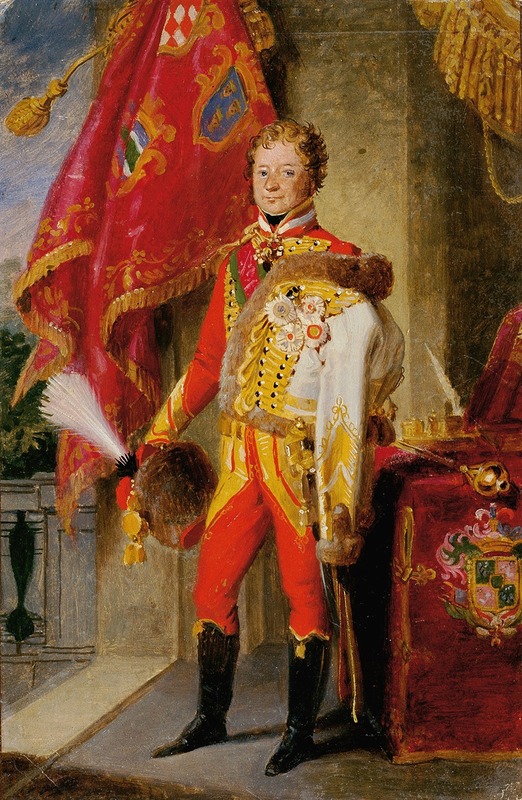
Ignaz Graf Gyulay von Naros-Nemeth und Nadaska in ungarischer Uniform
A hand-painted replica of Johann Peter Krafft’s masterpiece Ignaz Graf Gyulay von Naros-Nemeth und Nadaska in ungarischer Uniform, meticulously crafted by professional artists to capture the true essence of the original. Each piece is created with museum-quality canvas and rare mineral pigments, carefully painted by experienced artists with delicate brushstrokes and rich, layered colors to perfectly recreate the texture of the original artwork. Unlike machine-printed reproductions, this hand-painted version brings the painting to life, infused with the artist’s emotions and skill in every stroke. Whether for personal collection or home decoration, it instantly elevates the artistic atmosphere of any space.
Ignaz Graf Gyulay von Naros-Nemeth und Nadaska in ungarischer Uniform is a notable painting by the Austrian artist Johann Peter Krafft. This artwork is a portrait of Ignaz Gyulay, a prominent military figure and nobleman in the Habsburg Empire. Johann Peter Krafft, known for his historical and portrait paintings, created this piece to capture the essence and stature of Gyulay, who played a significant role in the military history of the Austro-Hungarian region.
Ignaz Gyulay was born into a noble family and rose to prominence through his military career. He served in various capacities within the Habsburg military forces during a time of significant political and military upheaval in Europe. His contributions were particularly noted during the Napoleonic Wars, where he held several key positions and demonstrated leadership and strategic acumen.
The painting by Krafft depicts Gyulay in a Hungarian uniform, which is significant as it reflects his connection to the Hungarian part of the Habsburg Empire. The choice of attire in the portrait is not only a representation of his rank and status but also an indication of his cultural and national affiliations within the diverse empire. The Hungarian uniform, with its distinctive style, would have been recognized by contemporary viewers as a symbol of Gyulay's identity and his role within the military hierarchy.
Johann Peter Krafft, the artist, was a well-regarded painter in the early 19th century, known for his ability to capture the likeness and character of his subjects. His works often included historical themes and were characterized by their attention to detail and realistic portrayal. In this portrait, Krafft employs his skills to convey both the authority and the personality of Gyulay, using a combination of precise brushwork and a keen eye for detail.
The painting is an example of the portraiture style of the time, where emphasis was placed on the subject's social status and achievements. Krafft's use of color and composition serves to highlight Gyulay's importance, with the uniform and decorations meticulously rendered to emphasize his military accomplishments. The background of the painting is typically subdued, drawing the viewer's focus to the figure of Gyulay himself.
This portrait not only serves as a historical record of Ignaz Gyulay's appearance but also as a testament to his role in the military and political landscape of the Habsburg Empire. It reflects the interconnectedness of art and history, where portraits like this one provide insight into the individuals who shaped the events of their time.
Today, the painting is valued not only for its artistic merit but also for its historical significance. It offers a glimpse into the life and times of a key figure in European history, as well as the artistic practices of the early 19th century. As with many historical portraits, it remains a subject of interest for both art historians and those studying the history of the Habsburg Empire and its military leaders.





